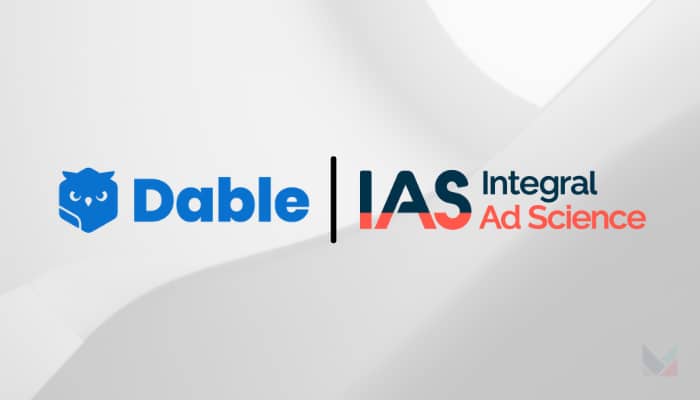Singapore – Advertising company Taboola has announced an update to ‘SmartBid’, an AI-powered technology that helps advertisers maximize their campaign performance even more autonomously.
The update, known as ‘SmartBid Dimensions’, now allows advertisers to couple contextual and demographic data with more user dimensions on readers – data points which uniquely connect content, consumers and interests, and are sourced from the company’s 500 million active users and 30 billion clicks annually.
The original SmartBid software was first introduced in 2018, which uses readership pattern data from global campaigns that reach more than 500 million daily active users and deep learning algorithms to adjust advertisers’ bids, to drive actions an advertiser wants to accomplish.
Prior to the new update, SmartBid took advantage of Taboola’s scale and size, including its curiosity graph – the connection between reader interests across content – to make decisions on behalf of the advertiser when it came to auction price.
“It is so important to help advertisers succeed, because advertiser success is directly correlated to publishers’ success and it keeps the open web thriving. SmartBid is one of the most sophisticated A.I. technologies in the world, now providing advertisers an autonomous autopilot-like experience, where they can keep their hand on the wheel, but let the car drive on its own,” said Adam Singolda, CEO and founder at Taboola.
In hindsight, SmartBid analyzed a site’s performance, and used that as a main signal to adjust the price an advertiser should pay. For example, if a site drove less conversions for an advertiser, SmartBid would adjust the price lower and vice versa. That still meant that advertisers had to be somewhat leaned in, to take into consideration more granular circumstances such as geography, time of day, day of week, platform, operating system, creative, and dozens more.
Singolda adds that what makes their company unique from a data perspective is that they sit on a ‘curiosity graph’, which understands what people do when they finish reading an article. He adds that this data shows a much more authentic version of consumers versus what they tell social networks about themselves.
“That helps SmartBid make accurate predictions, and as of now will help our advertisers to go beyond human capabilities to reach better results, while being even more hands off. I’m so proud of our algorithm teams for working hard to make our advertisers, publishers and open web successful,” he concluded.

















